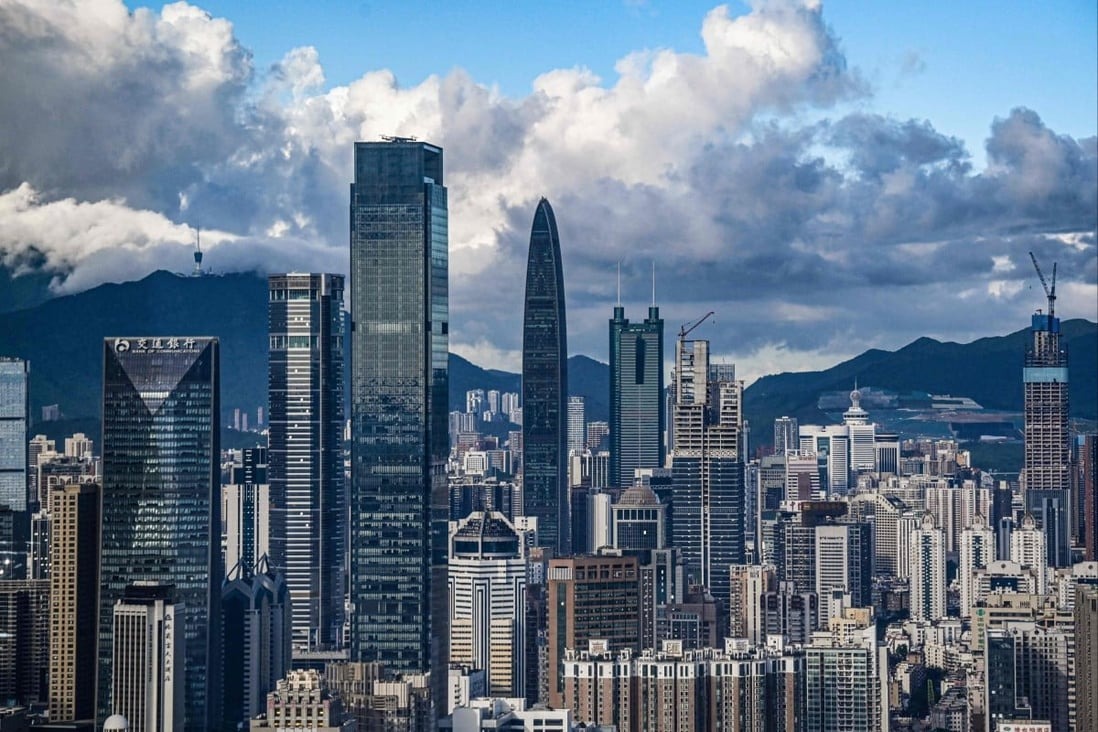
Futian District Central Area in Shenzhen, China
According to the People's Daily , 70% of China's population is expected to live in urban areas by 2035. However, Beijing and Shanghai have both announced measures to restrict and reduce immigration from other places.
Meanwhile, the pace of urbanization shows no signs of slowing down. As smaller cities become more able to absorb some of the influx, China is looking for new areas to provide housing, jobs, and infrastructure to fuel economic growth.
A series of projects that have been, are being, and will be implemented all look back to a city that is a source of inspiration, helping to transform the urban landscape in China and is a "model" city - Shenzhen. According to CNN, with more than 13 million people, this southern metropolis is China's proudest symbol in decades of economic reform.
Fishing village changes
On September 4, 1984, firecrackers thundered across the streets as the city inaugurated the Shenzhen World Trade Center, then the tallest building in China.
The then Chinese leader Deng Xiaoping had previously visited the project site and was particularly impressed by the speed of construction. Despite the lack of equipment, the project achieved a speed of one floor every three days, which was dubbed "Shenzhen speed".
For those who visited in the 1980s, the 50-story skyscraper was the most prominent image, although neighboring buildings were later built taller. Author Du Quyen of The Shenzhen Experiment argues that "this cluster of skyscrapers became the image of post-reform China's modernization and urbanization."
When China began to reform its economic system and open up under Deng Xiaoping's policy in the late 1970s, Shenzhen became one of the first four special economic zones.
All were chosen for their favorable geographical location and access to global markets, as Shenzhen is located next to Hong Kong.
An old story has it that Shenzhen grew from a fishing village. But by 1980, it was a bustling metropolis, with a 330-square- kilometer economic zone surrounding it, encompassing many existing cities and villages. The zone’s population at the time was 94,100, according to researchers.
Four stages of urban stereotypes
CGTN cited a 2019 study by the United Nations Human Settlements Programme that said Shenzhen's rapid development can be divided into four stages.
In the first phase from 1978 to 1992, Shenzhen made efforts to develop labor-intensive, supported by the national opening-up process and institutional reform, according to the study titled "The Story of Shenzhen".
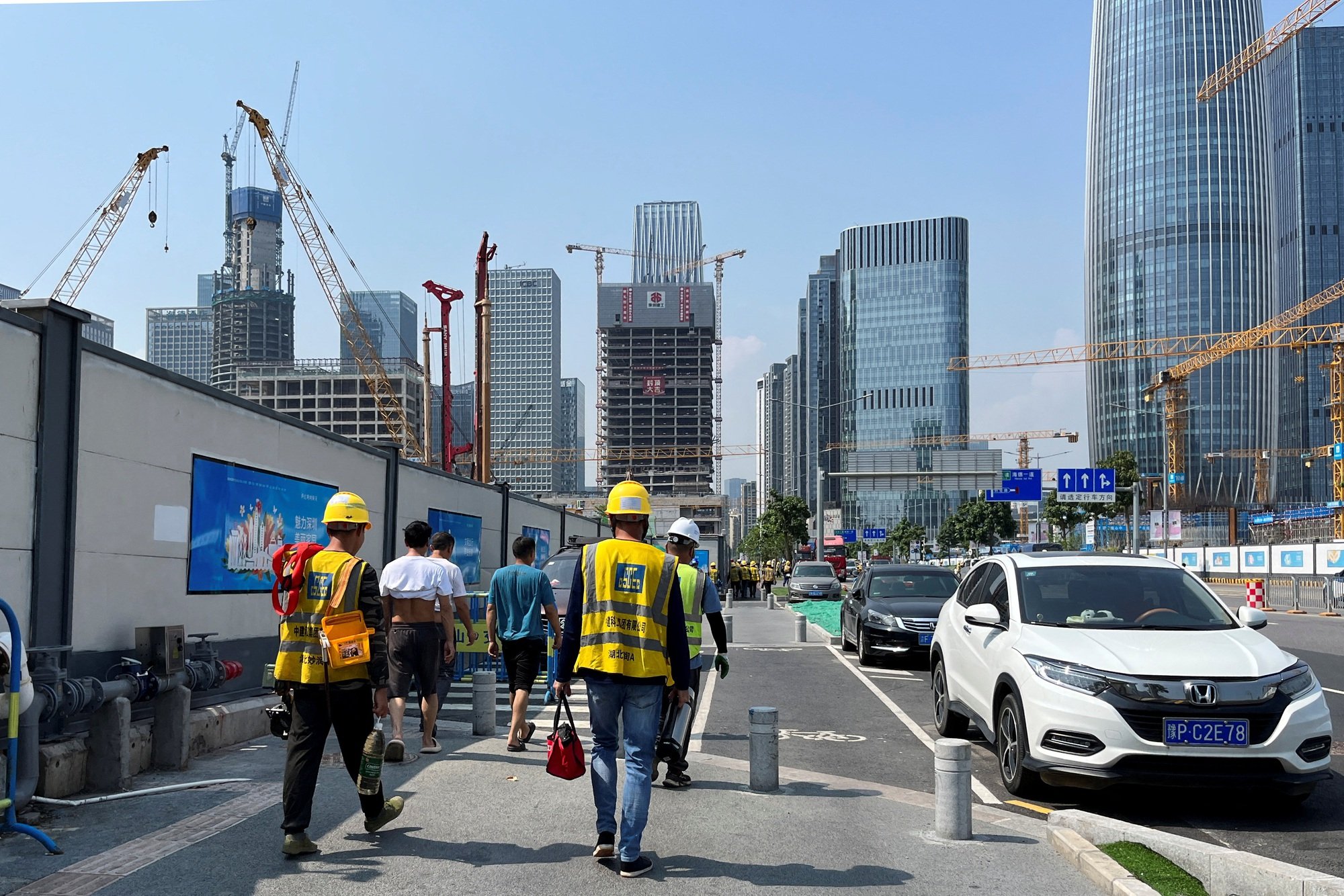
Construction worker in Shenzhen
Thanks to its location adjacent to and connected to Southeast Asia and next to Hong Kong, as well as the Pearl River Delta, Shenzhen was the first place in China to start the form of "three-input trade clearing". This is a shorthand term for enterprises processing imported raw materials, manufacturing products according to imported models, assembling imported components and repaying loans for purchasing imported equipment and technology with products.
Foxconn, an Apple supplier, established its first factory in Shenzhen in 1988, to produce computer components.
It didn't take long for Shenzhen's economy to take off, with GDP reaching 3.9 billion yuan in 1985, 14 times that of 1980.
Building on the capital and manufacturing experience gained in the first phase, Shenzhen moved into the second phase from 1992-2003, when the city achieved a lower-middle position in the global value chain, focusing on capital-intensive development.
As China adopted a market economy mechanism to replace the planned economy, Shenzhen attracted more foreign direct investment and gradually shifted to electronics and information industries.
During this period, Shenzhen became the world's telecommunications equipment supply center. By 2012, the production of telecommunications equipment, computers, and other electronic devices in Shenzhen accounted for 56.1% of total industrial output, on a projected scale.
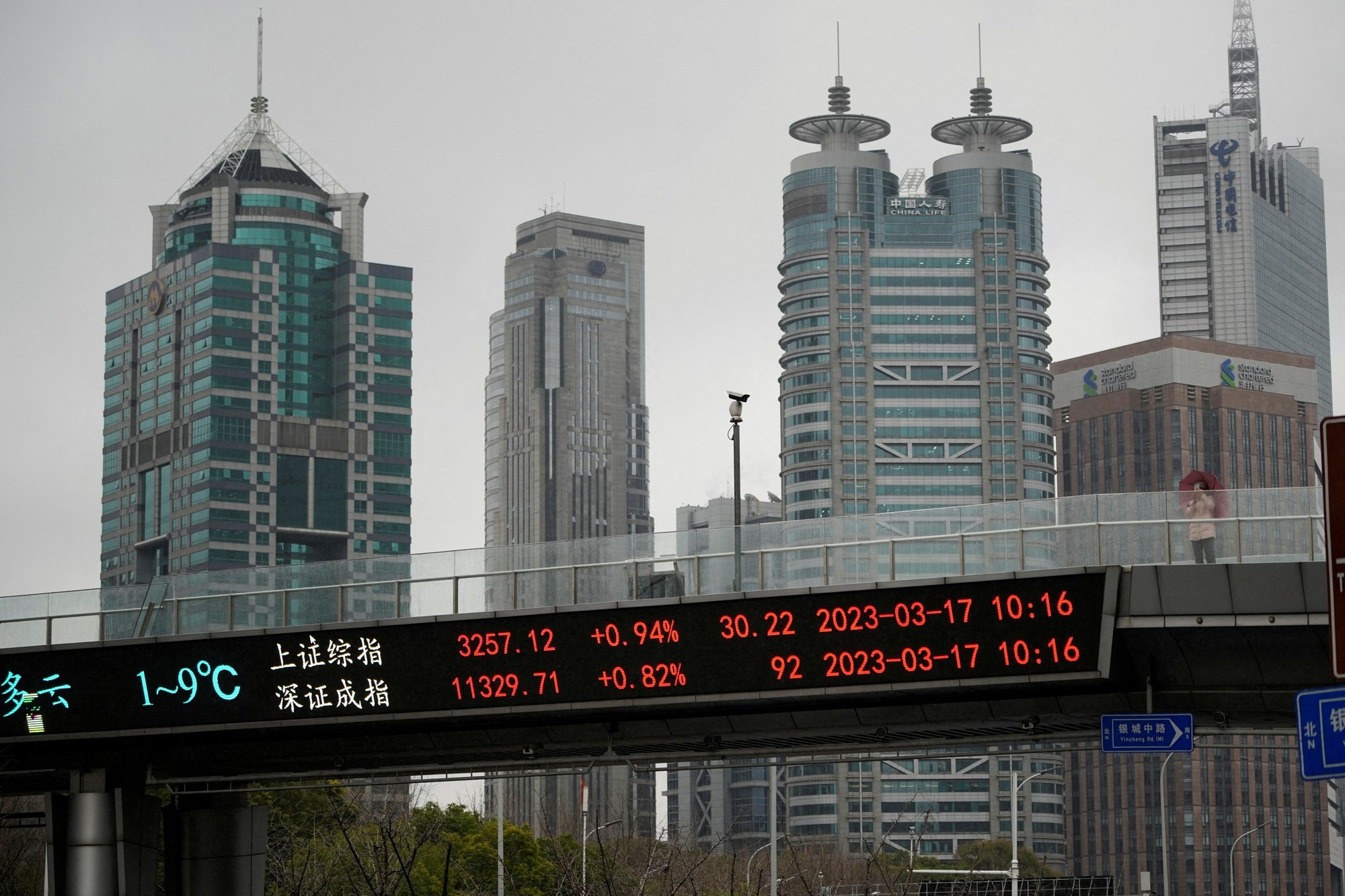
A stock index board in Shenzhen
In the third phase from 2003-2013, Shenzhen rose to the center of the global industrial value chain with clusters of private high-tech enterprises being formed.
In 2010, Huawei Technology Co., founded in 1987 in Shenzhen, entered Fortune magazine's list of the world's top 500 enterprises for the first time.
The rapid development can be easily seen in the GDP growth. In 2000, Shenzhen ranked 4th among the major cities in China and later became a first-tier city, alongside Beijing, Shanghai and Guangzhou.
In the fourth phase, Shenzhen successfully climbed to the top of the global industrial value chain. With the presence of many leading technology companies, such as internet giant Tencent, the city has transformed into an Asian technology hub.
Dubbed China's "Silicon Valley," Shenzhen was once the country's youngest city with an average age of 32.5 years old, and has been referred to as a "miracle" since the 1980s.
The first 4 economic zones
According to CGTN, China was still a planned economy in the early 1970s and had little economic trade with the West, with the average standard of living much lower than that of developed countries. With the economic gap so large, many local residents illegally immigrated to Hong Kong in search of better income. Xi Zhongxun, the father of Chinese President Xi Jinping, was the party secretary of Guangdong province in April 1978. He was concerned about the wave of people leaving due to poverty and decided to make a change. Xi Zhongxun's plan received support from Deng Xiaoping, who initiated reform and opening up at the same time. Deng agreed to give Guangdong more autonomy to "take the lead" in economic development and exports. After a large-scale survey, four cities including Shenzhen, Zhuhai and Shantou in Guangdong, and Xiamen in Fujian were chosen as the first special economic zones to promote exports. Shenzhen took the lead, officially announced in 1980, while the other three cities followed two years later.
Source link



![[Photo] Moment of love: Myanmar people are moved to thank Vietnamese soldiers](https://vstatic.vietnam.vn/vietnam/resource/IMAGE/2025/4/3/9b2e07196eb14aa5aacb1bc9e067ae6f)


![[Photo] General Secretary To Lam receives Japanese Ambassador to Vietnam Ito Naoki](https://vstatic.vietnam.vn/vietnam/resource/IMAGE/2025/4/3/3a5d233bc09d4928ac9bfed97674be98)
![[Photo] Special relics at the Vietnam Military History Museum associated with the heroic April 30th](https://vstatic.vietnam.vn/vietnam/resource/IMAGE/2025/4/3/a49d65b17b804e398de42bc2caba8368)
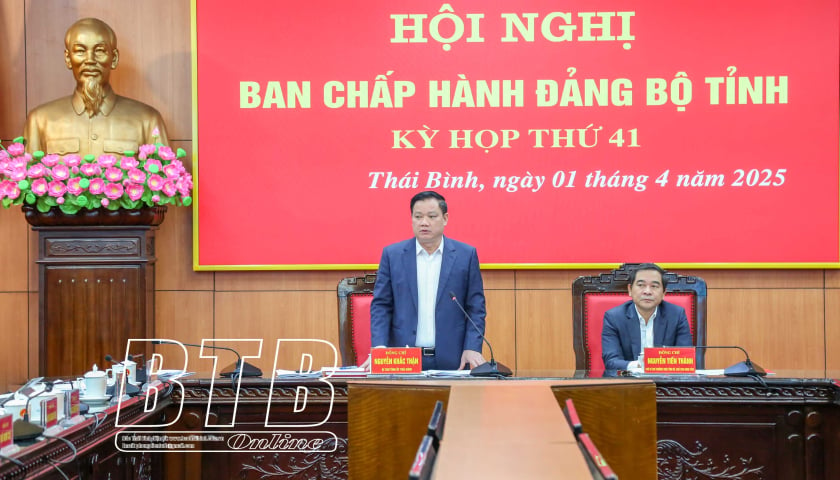

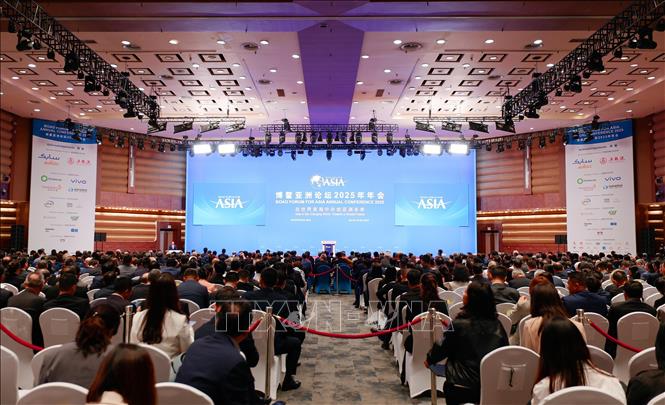

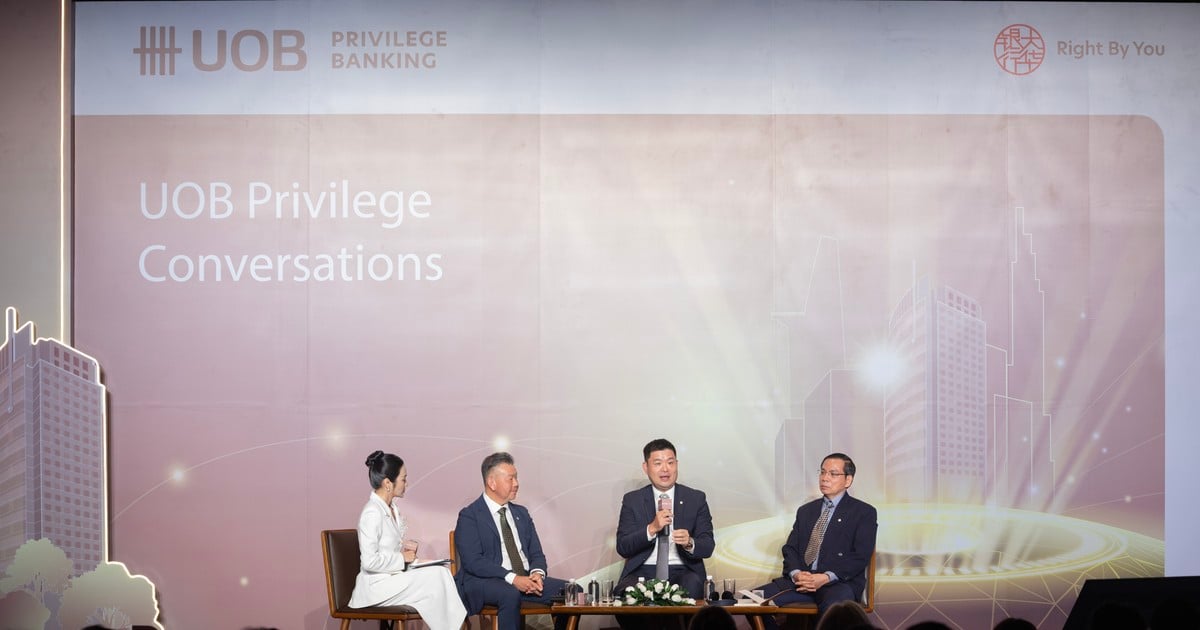


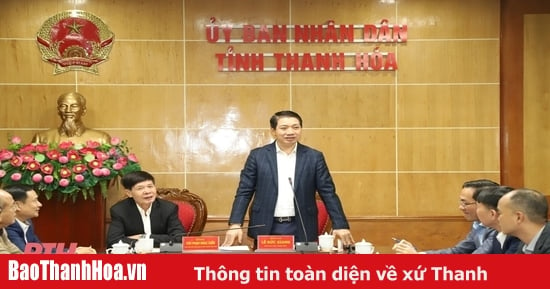
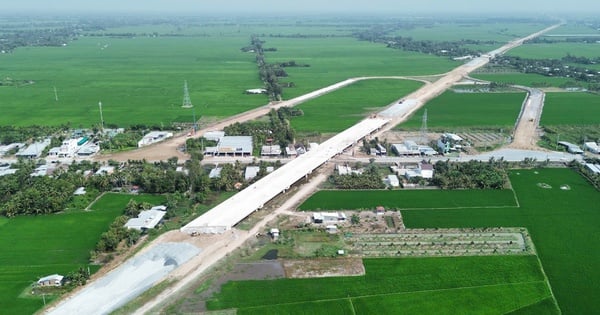



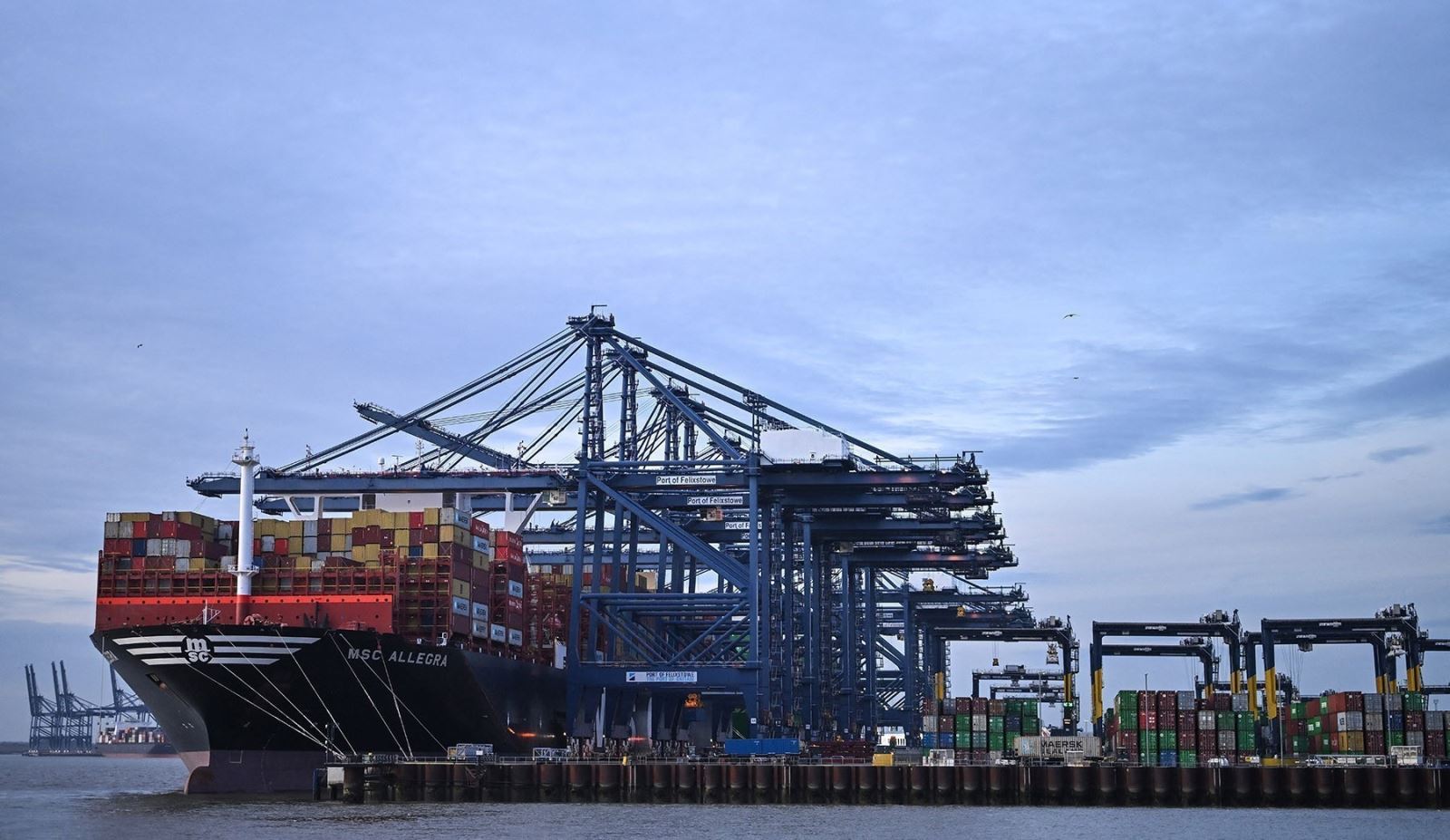







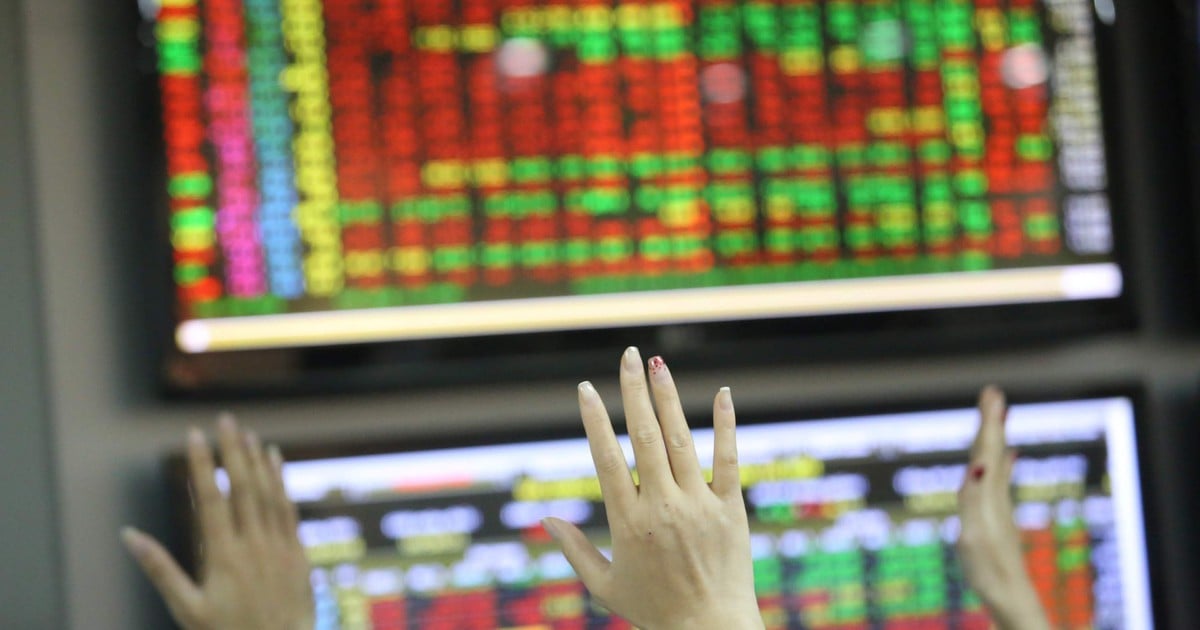
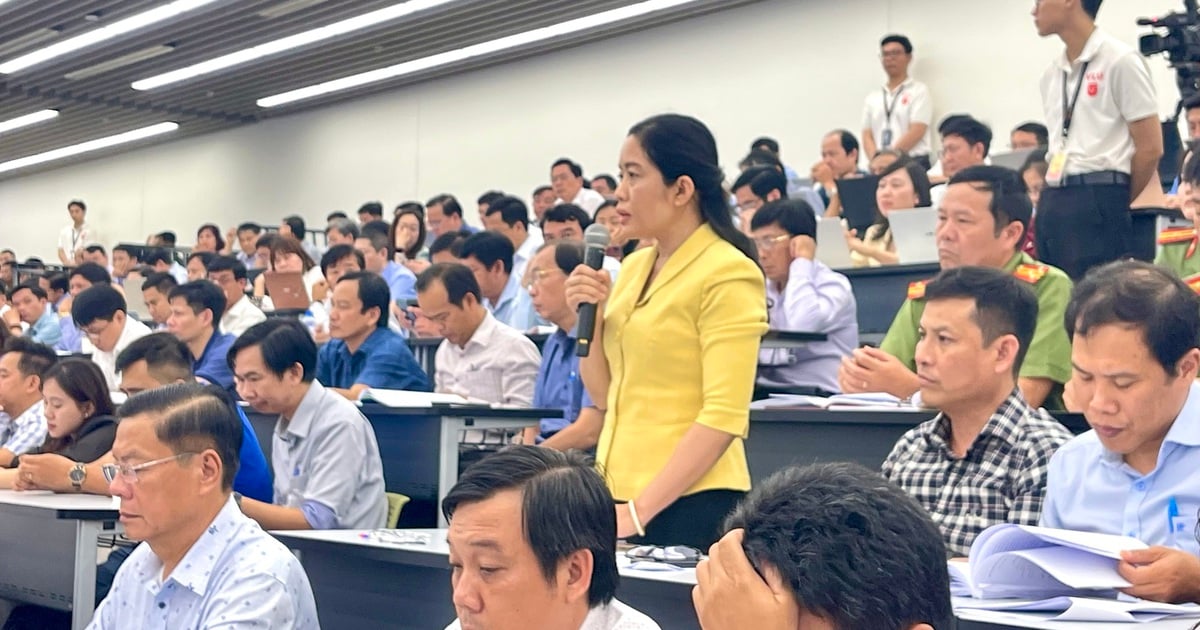
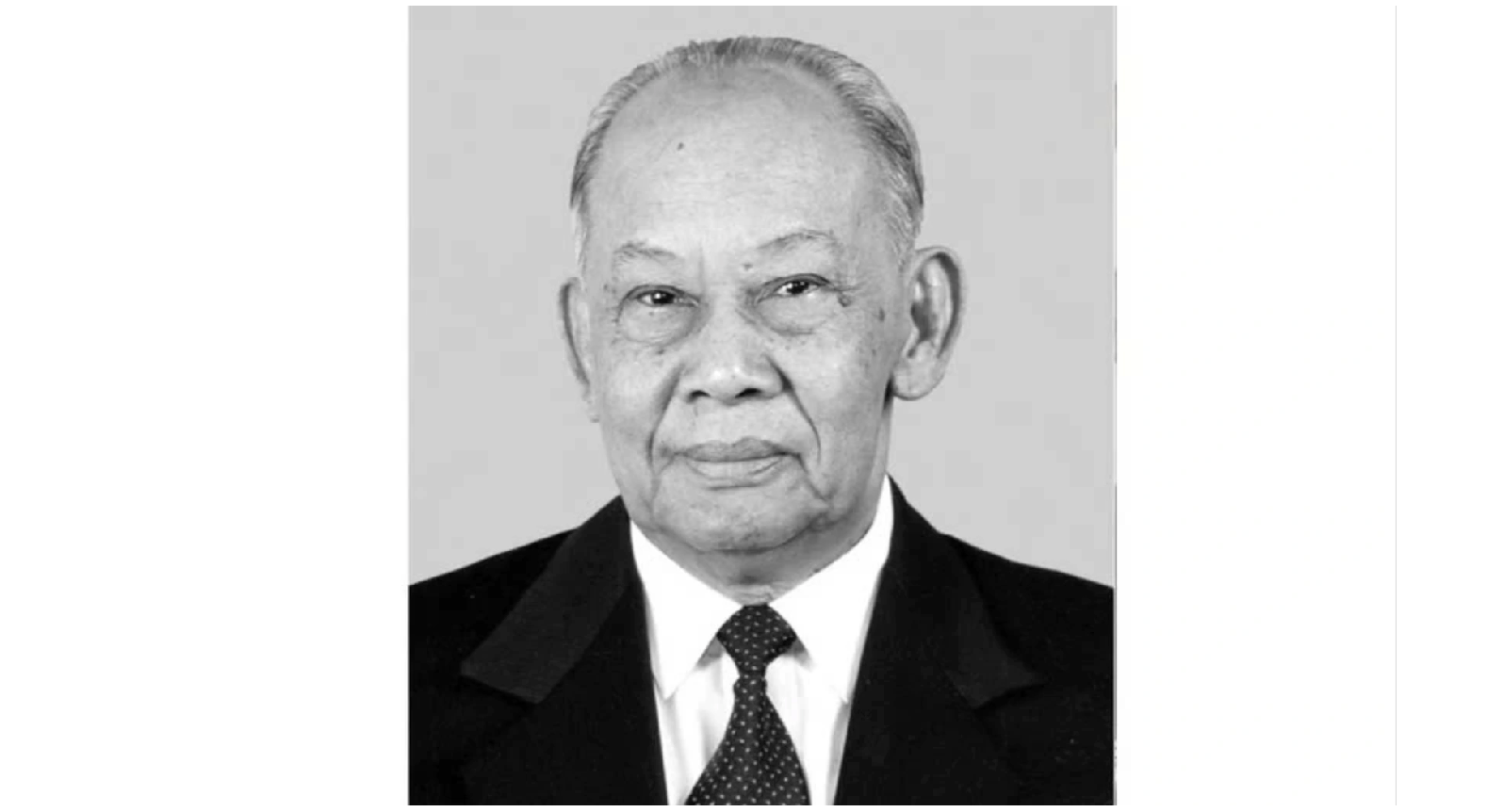

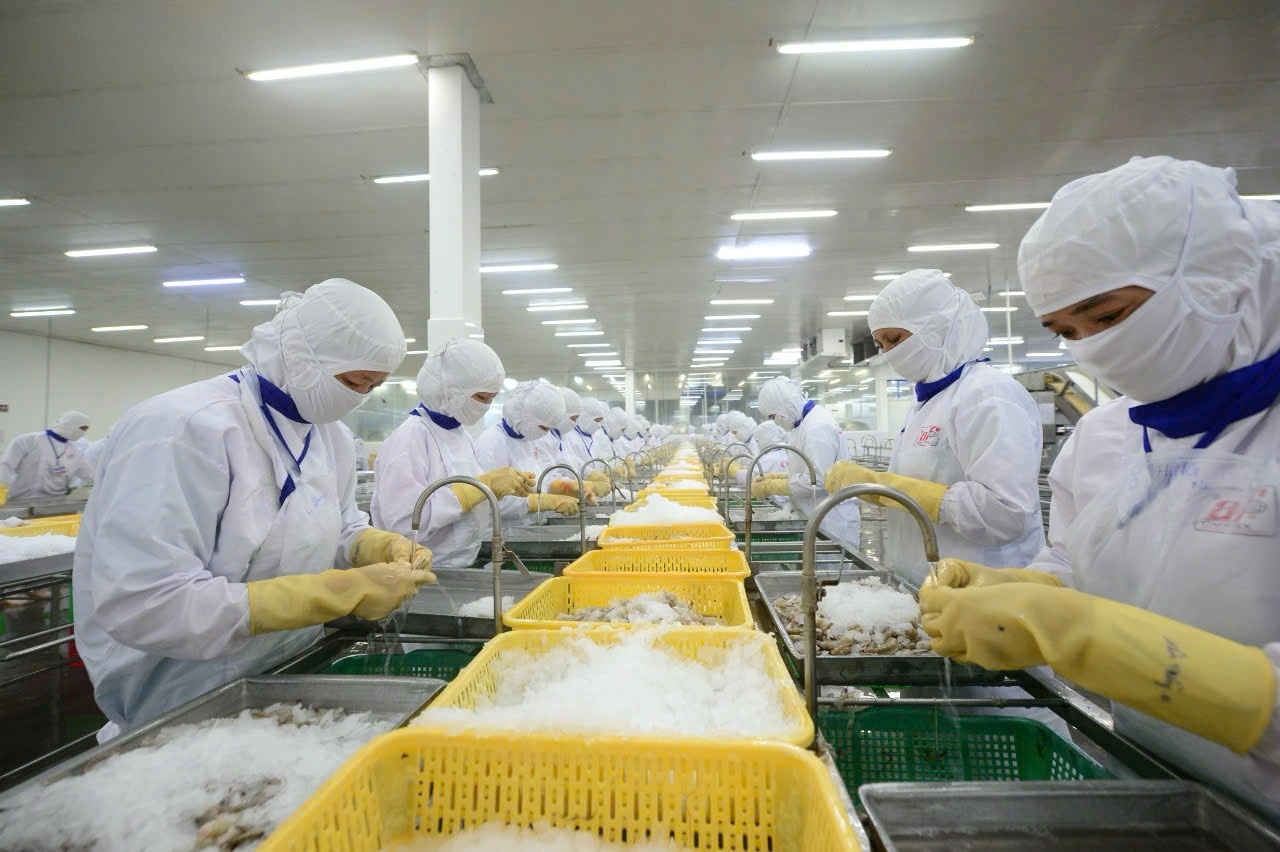
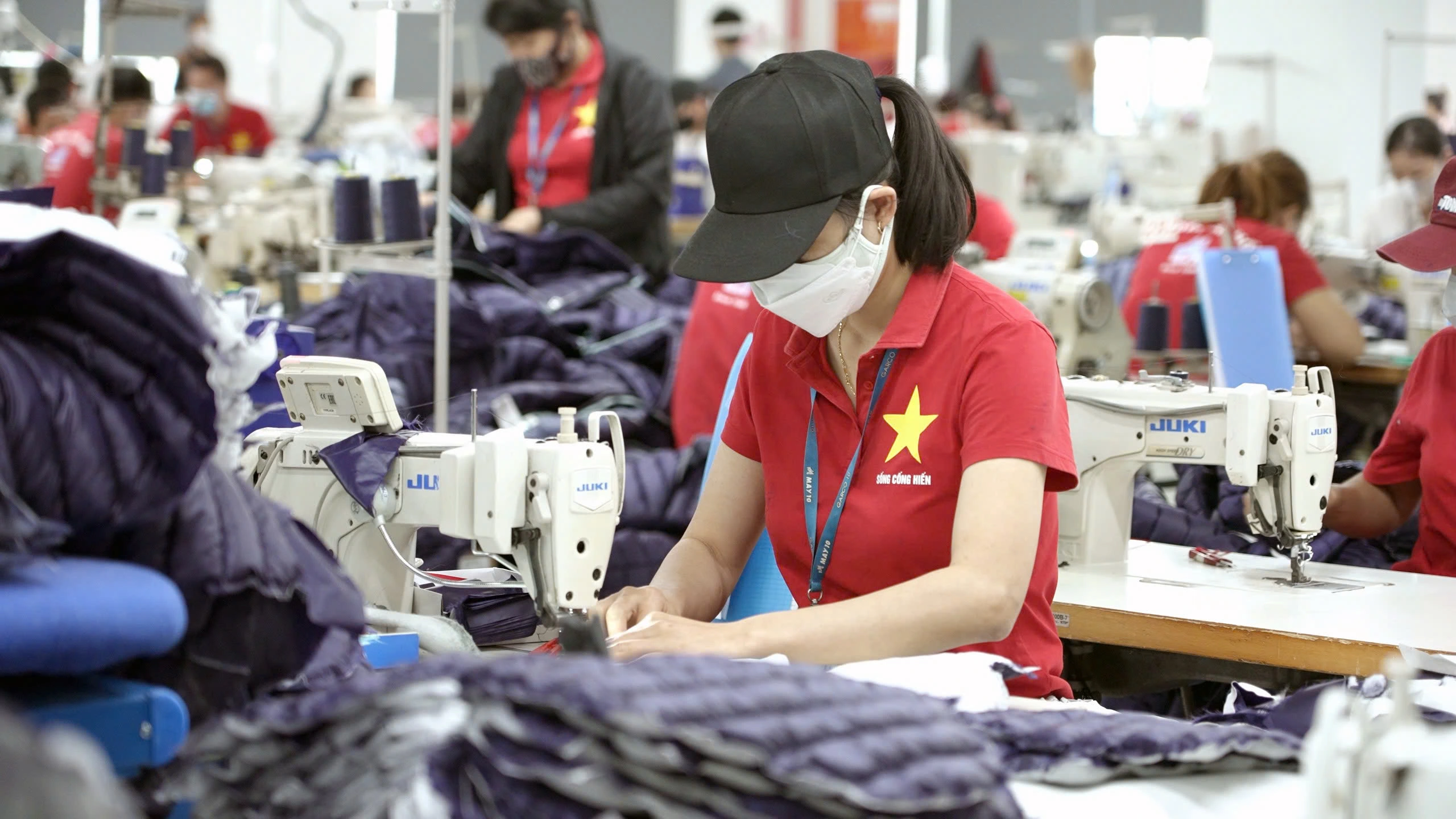



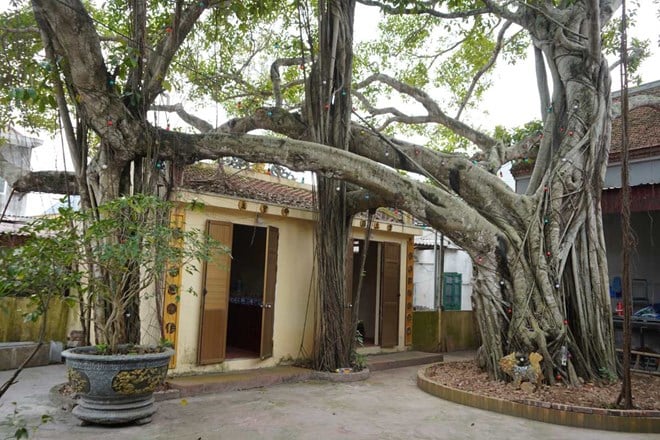

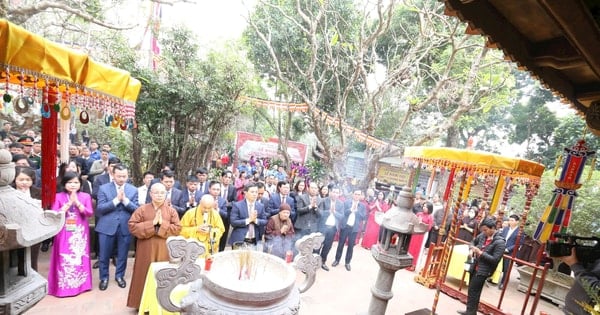



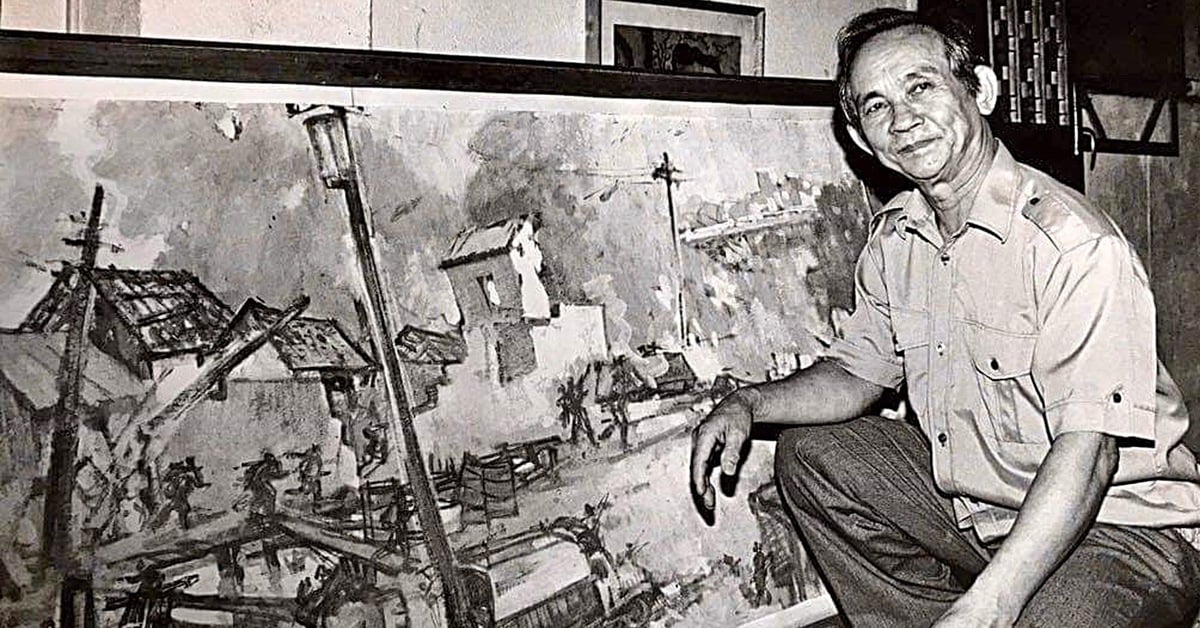


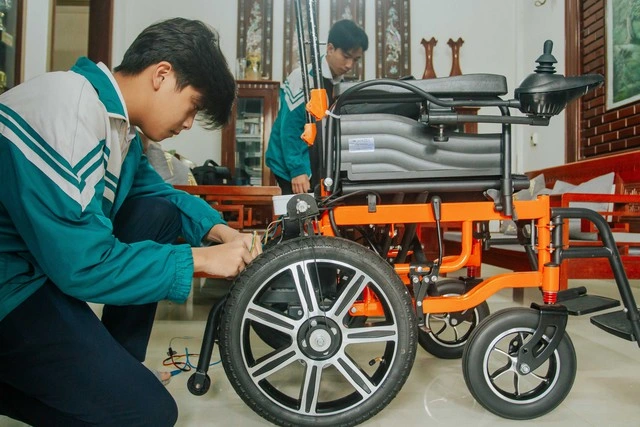














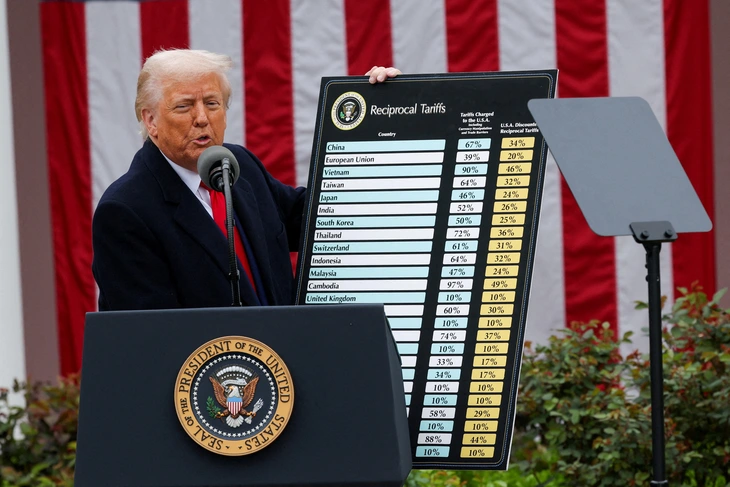
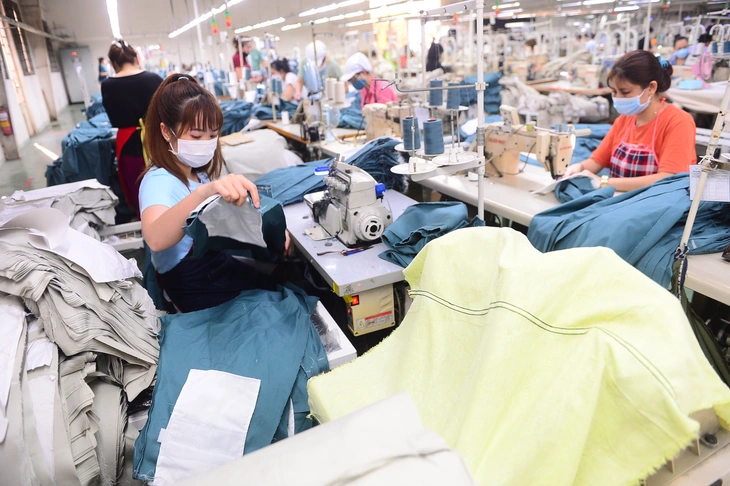





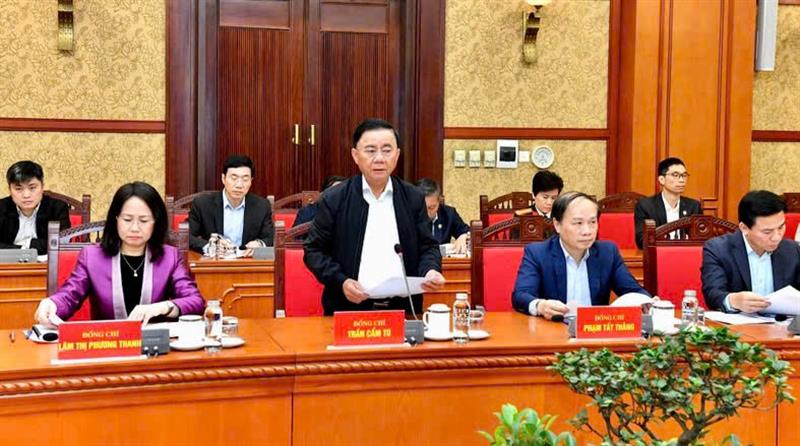



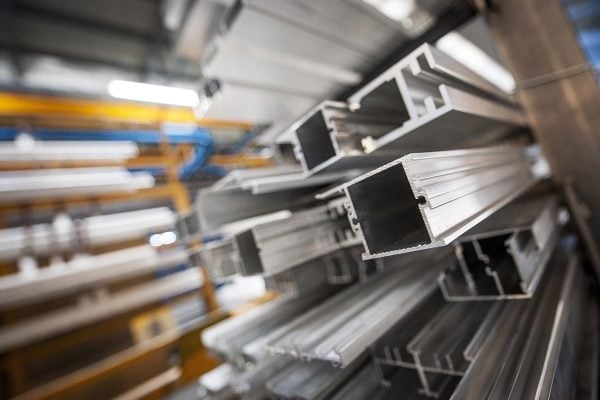
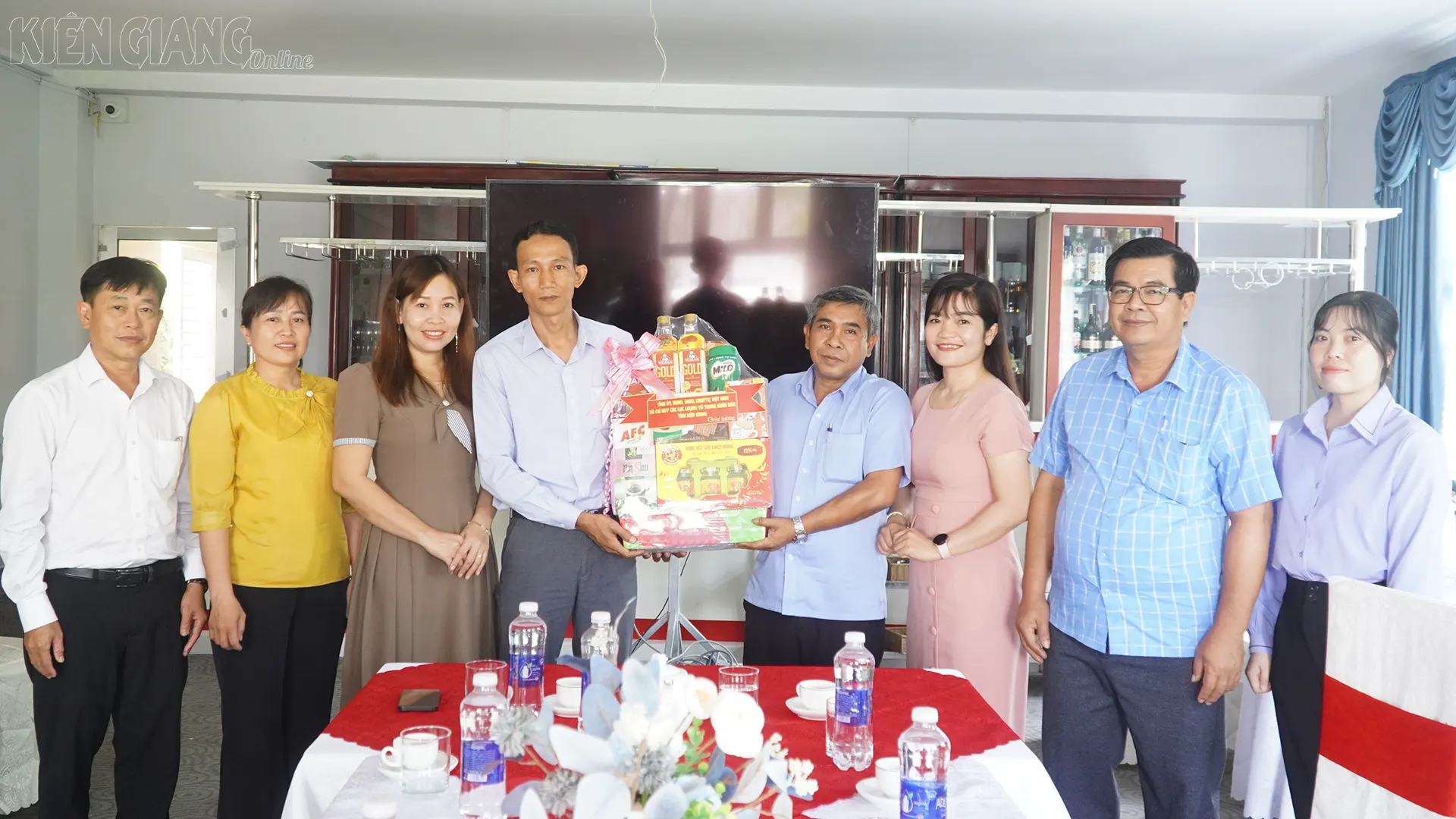
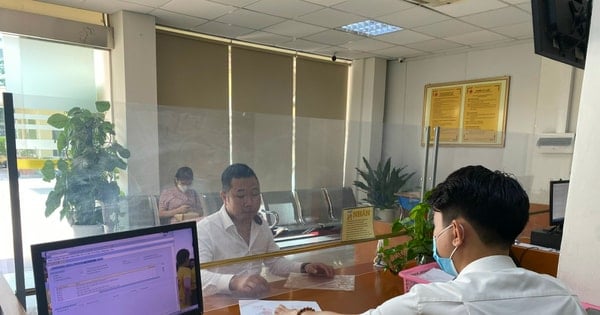

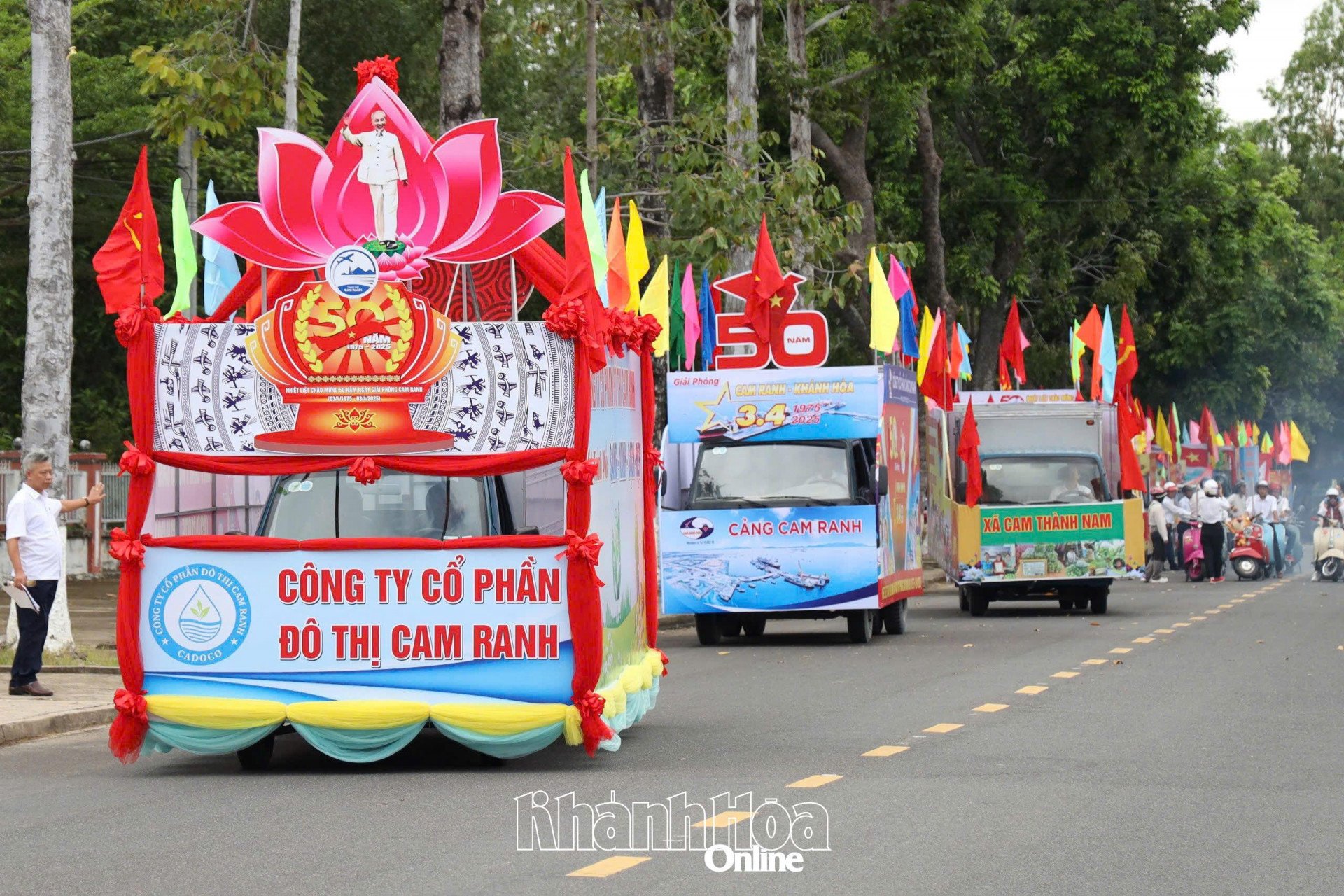















Comment (0)